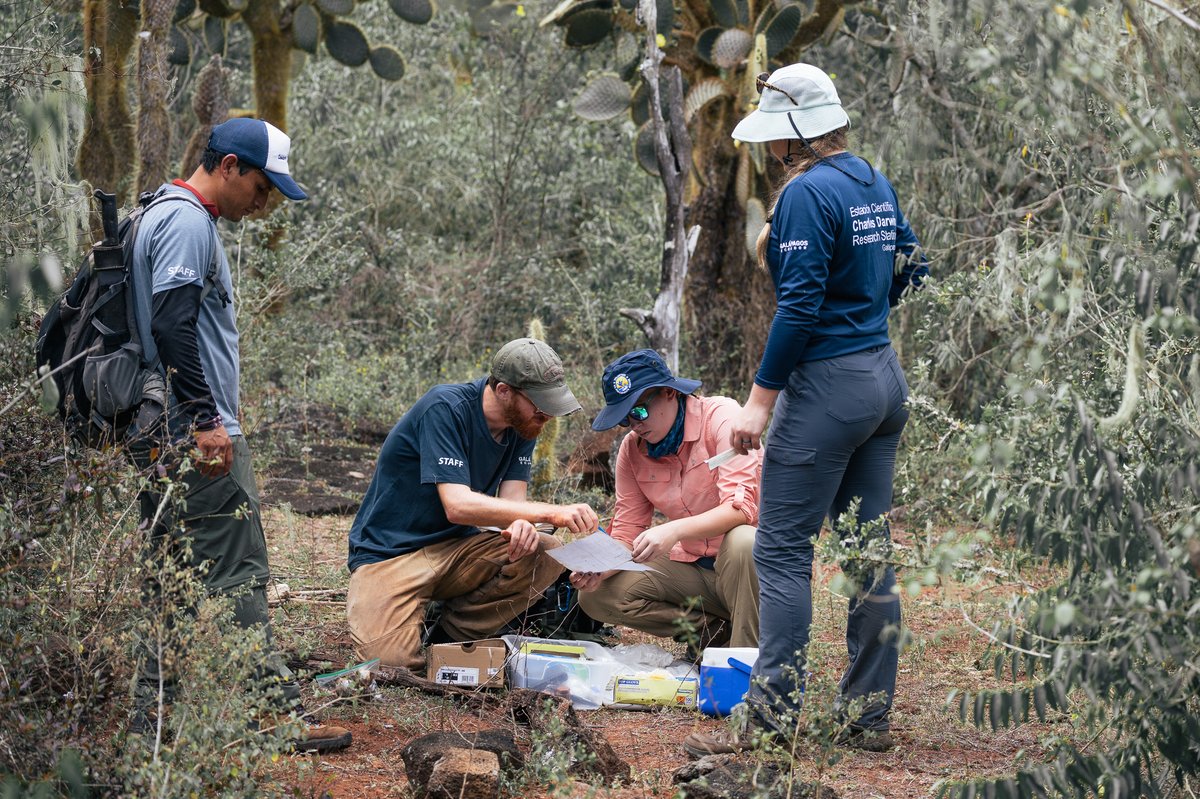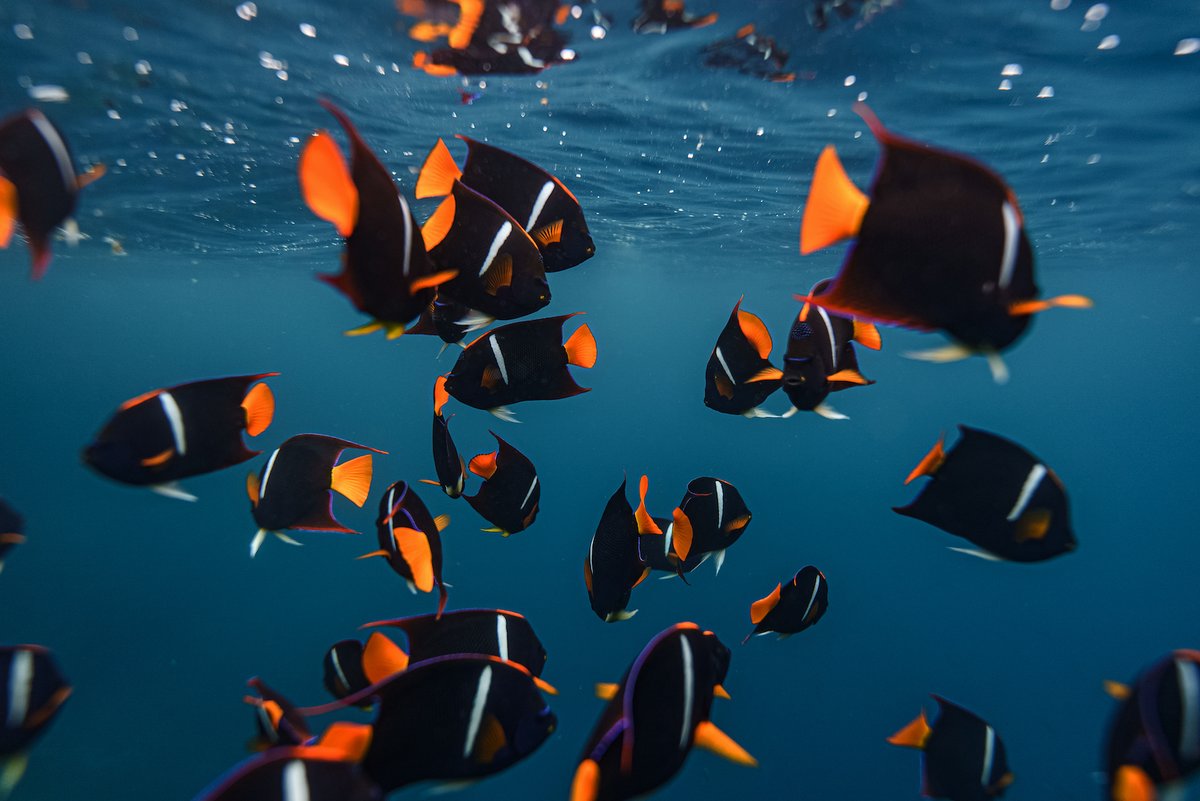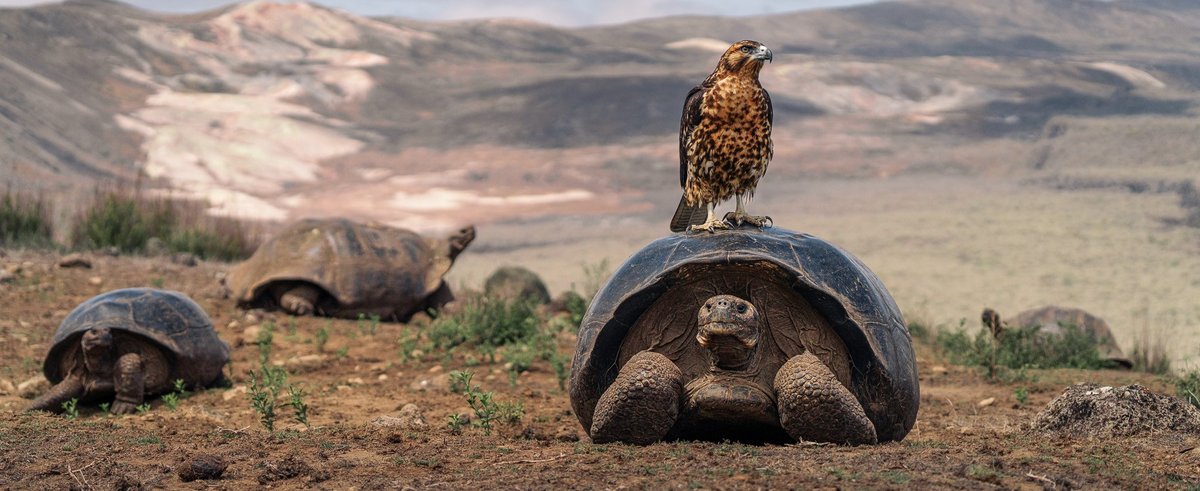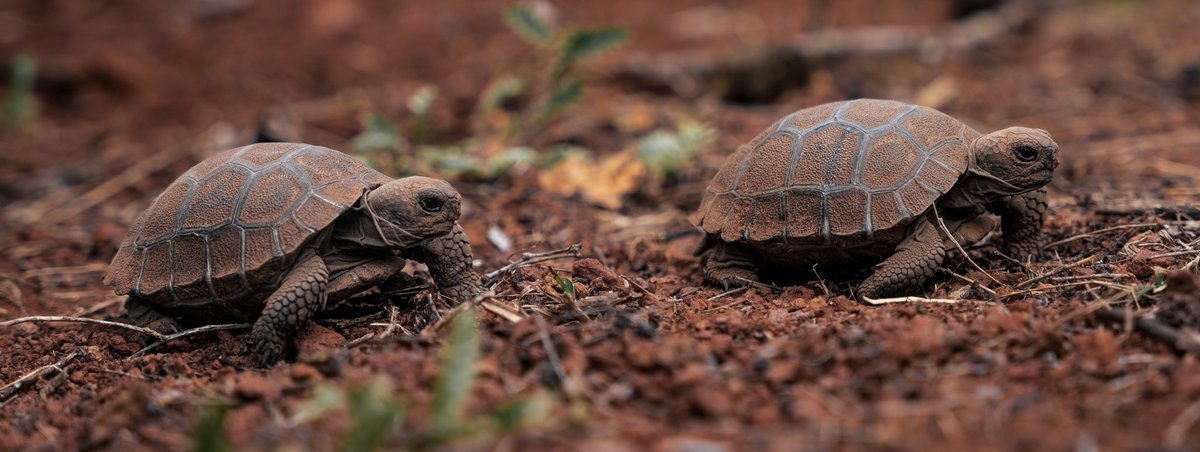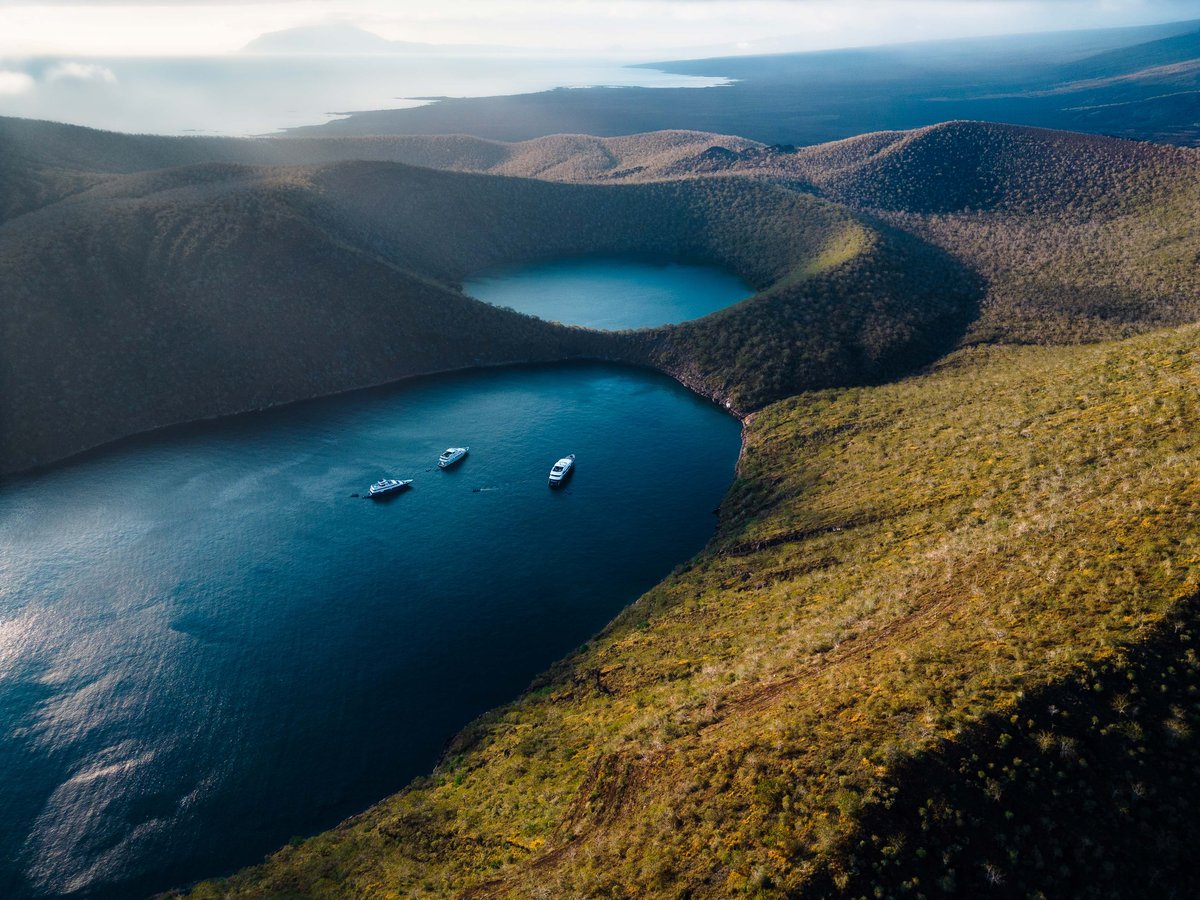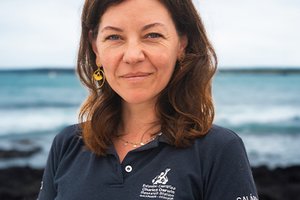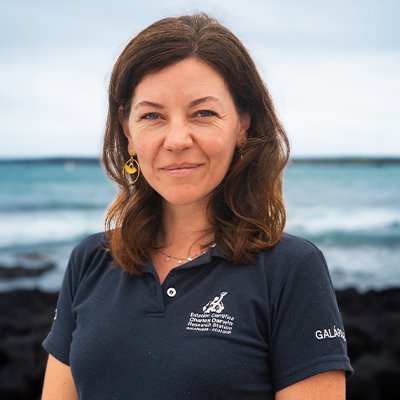Galapagos farmers: key allies in protecting endangered birds
Small-scale farmers in the Galapagos Islands are playing an unexpected role in safeguarding the archipelago’s unique biodiversity. A new study published in the journal People & Nature, has found that small-scale farmers in Galapagos not only value the native landbirds that share their fields but are also willing to plant native trees that provide crucial habitat for these threatened species.
Despite occasional crop damage from endemic Darwin’s finches, particularly the Small Ground Finch, as well as the native moorhen (Gallinula galeata), most farmers described the birds in affectionate terms, celebrating their songs, colors, and companionship. Many expressed sadness at the decline of species like the Little Vermilion Flycatcher, once common in the agricultural zone. By contrast, the Smooth-billed Ani, an invasive species introduced from the mainland, was the only bird widely disliked by farmers, who, despite acknowledging its role in pest control, emphasized its negative impacts on other birds.
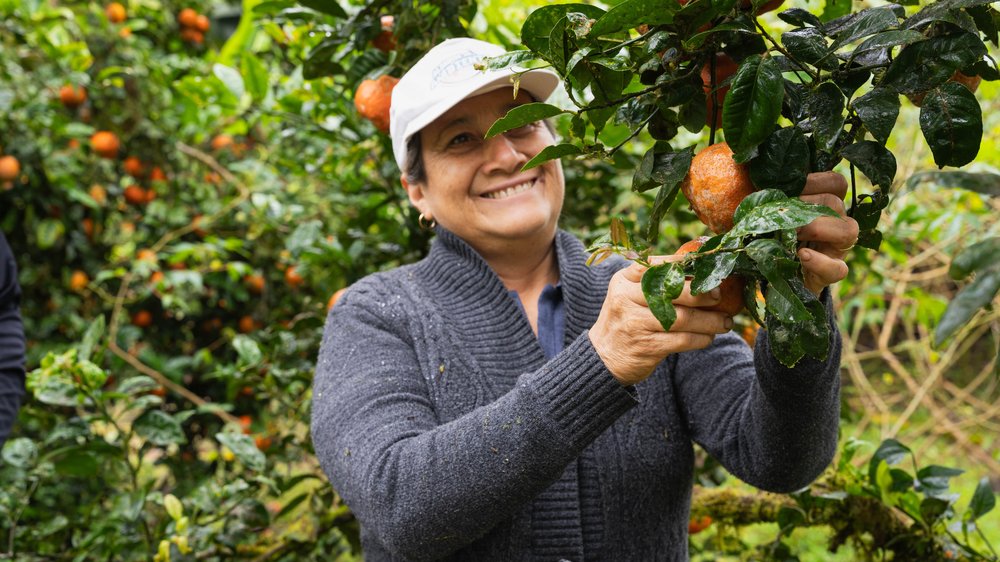
The study also found that most farmers are willing to contribute to conservation by planting native and endemic trees. Motivations often included practical benefits such as shade and freshness, but the choice of tree species matters: some trees, like Scalesia, grow quickly but may interfere with crops, while others, like Guayabillo, are slower to establish. These findings suggest that tree-planting projects should adapt species selection to each farm’s needs and farmers’ individual risk tolerance.
One of the strongest predictors of future willingness to plant native trees was whether farmers already had native trees on their land. This suggests that past conservation choices create momentum for further action, and that identifying these “early adopters” could be key in designing effective, farmer-led restoration projects.
Ilke Geladi, lead researcher for this study from the University of British Columbia, notes: “Farmers are showing us that conservation and agriculture don’t have to be at odds. Their willingness to plant native trees shows how deeply they care about the land, and about leaving a living Galapagos for future generations.”
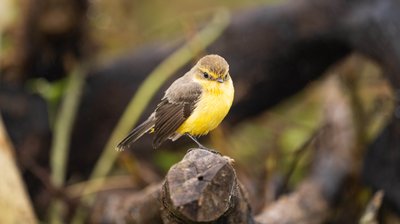
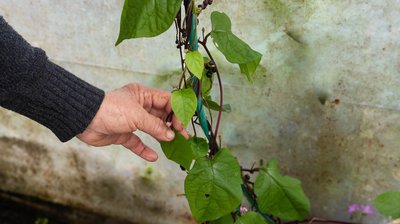
Scientists at the Charles Darwin Foundation (CDF) have long emphasized that local communities are central to the conservation puzzle of the Galapagos, an essential part of building ecosystems where both people and wildlife can thrive. The study’s findings provide further evidence that farmers are already invested in the islands’ future and are willing to take action to protect it.
“The birds of Galapagos are not just icons of evolution, they are neighbors in the farmers’ fields. Protecting them means protecting the cultural and natural heritage of the islands, something the local community clearly wants,” added Birgit Fessl, Principal Investigator in the CDF’s Landbird Conservation Program. “Galapagos is the birds’ home, but it is also thecommunity’s home, and they depend on one another.”
The research, carried out by the University of British Columbia, the Charles Darwin Foundation, and local partners, underscores the power of community-led conservation. It recommends prioritizing larger farms and those engaged in agrotourism, where space and incentives align, while supporting smaller farms with community planting events, technical guidance, and tailored incentive programs. Most importantly, conservation messaging should reflect the cultural value that farmers already associate with native birds, their beauty, song, and companionship directly linking tree planting to the protection of these cherished species. By working hand-in-hand with farmers, the Galapagos can remain a place where both people and nature flourish side by side.
